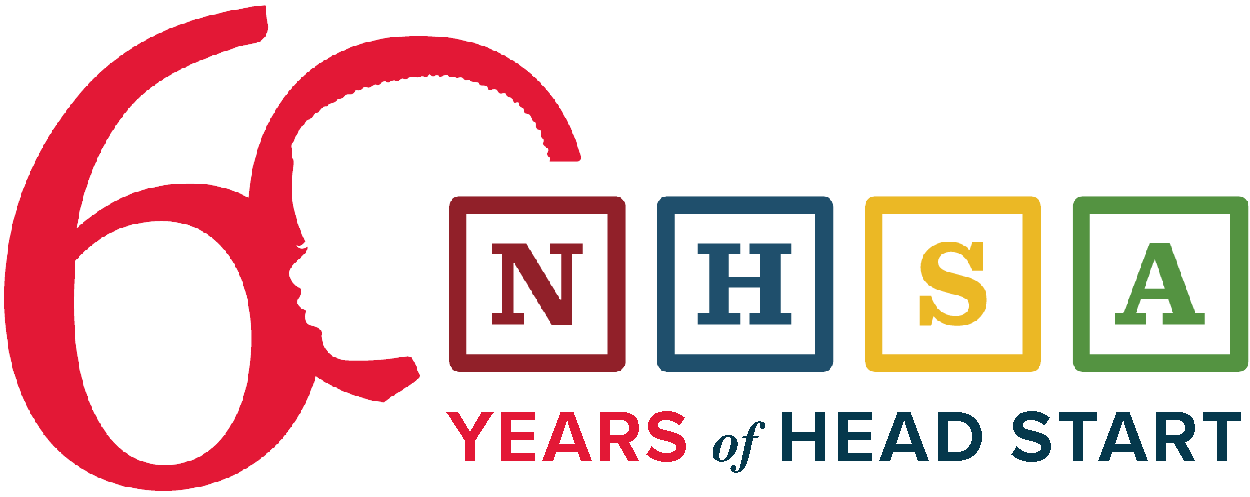How has COVID-19 affected Head Start children and families?

Rockford Head Start/Early Head Start, Illinois
Since the COVID-19 pandemic hit the United States, children and families all over the country have experienced a great deal of change. In some communities, children haven’t been in a classroom since March and have been navigating remote education. In others, children are back in classrooms with their teachers and peers, but with masks and new health precautions in place. And outside of the classroom, families are feeling the pandemic’s effects on their finances, mental wellness, and even their health.
What have we learned about how these changes are affecting children and families, and Head Start children and families in particular?
NHSA’s Parent Gauge team wanted to help Head Start programs understand how their families are impacted by the pandemic, so they can accurately respond to their evolving needs. The Parent Gauge team pivoted quickly and worked with practitioners to create the Head Start Pandemic Survey, a tool that allows programs to measure the impacts of COVID-19 on their children and families.
In just six weeks since the survey’s launch, Head Start staff have had more than 1,800 conversations with Head Start parents using the tool, and that number only continues to grow. (Note: We conducted our data analysis on approximately 1,300 of these responses.)
Here’s what we’ve learned from the Head Start Pandemic Survey (so far):
Financial Stability
In the wake of the pandemic, many Head Start families have experienced changes in their employment status. While 60% of families were able to maintain their previous level of employment, 19% only somewhat maintained it, and 21% saw significant decreases. This indicates that there is increased financial instability among a subset of Head Start families, making Head Start’s services all the more critical.
Fortunately, most Head Start families reported maintaining stable housing, with 78% reporting they’ve had stable housing throughout the pandemic. However, 200 families reported only “mostly stable housing,” and another 100 families reported even less stability. While housing has been a strength overall, for those families that struggle, it is a critical need that we can’t forget and that programs can support immediately.
When the federal eviction moratorium expires at the end of the year, it’s very possible there will be a substantial increase in housing instability. While families have maintained housing, changes in employment status could indicate that families may be falling behind on rent or using high-interest options to stay current on rent payments. These factors pose major threats to housing stability this winter and mean that it is absolutely critical that programs continue to have these conversations with parents.
“I still have my part-time job, but my hours have been fluctuating throughout the pandemic. With unsteady income, it can be hard to pay our bills on time.”
— Head Start Parent, Texas
Health, Wellness, and Behavior
When it comes to health and wellness, a strength among families has been maintaining access to regular medical care, a critical component of the Head Start model. A majority of families — 85% — reported that they’ve been able to keep up with check-ups, well-child visits, and other necessary medical care. This is a stark contrast to downward trends in preventative care that are occurring across most of the country, highlighting the strength and reiterating the importance of Head Start’s focus on health.
However, 12% of families reported facing significant health issues during the pandemic, whether or not they were specifically related to COVID-19. Whether children themselves had health issues or a family member has, health scares bring both financial and emotional stress into the home.
A critical component that child advocates have been worried about since the beginning of the pandemic is levels of stress at home, leading to increased risk of violence. For some children, school is a respite and a safe space away from an emotionally or physically abusive home life.
The Pandemic Survey is able to help programs identify how parents are coping with their emotions and whether they are feeling disconnected from other adults. There are also questions about children’s behavior during the pandemic to help programs identify and support those who are struggling with the changes and stress of the times.
“My son hasn’t had a consistent routine with classrooms opening and closing. Because of this, he’s been having a hard time adjusting to school.”
— Head Start Parent, Arkansas
Learning and Development
Finally, with the new school year underway, programs are adapting in a number of ways. By using the Pandemic Survey, we see that 76% of families have the technology they need to participate in digital learning and 84% have the necessary access to internet and data, there are still many families who don’t have the tools needed to participate in online learning experiences for their children.
Understanding which families have the tools needed to engage in online learning can inform programs’ decisions about where to spend resources (both financial and time) when it comes to best supporting those with less access.
“My daughter is doing fine with remote learning. However, my son is having a hard time focusing remotely. He is on the waitlist to start going back into the center and I think that will be good for him.” — Head Start Parent, Rhode Island
Conclusion
The Head Start Pandemic Survey provides programs with critical information on everything from financial stability to health and wellness to ongoing learning. Nationally, we see that Head Start families are standing strong in face of this global pandemic on many fronts, but some are certainly in more need than others. By understanding where strengths are and where individuals need support, the Head Start community is ensuring that we’re able to meet every family’s individual needs.
Related Content
